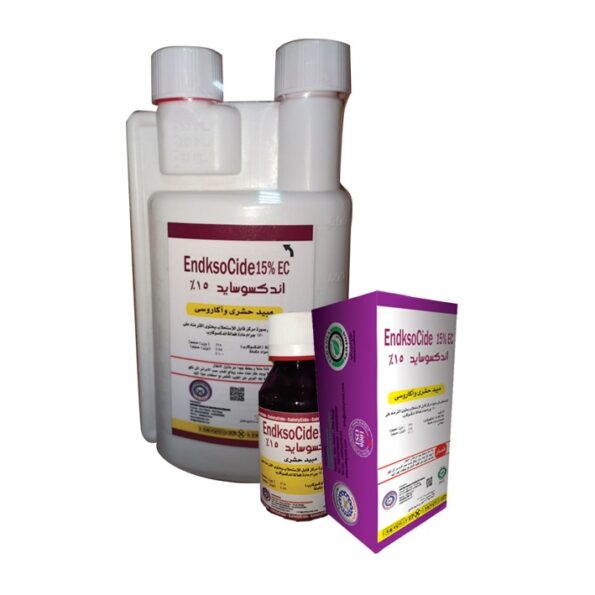
Indexoside
1.00EGP 0.00EGP
Insecticide:
Active ingredient: Andoxocarb
Chemical group, oxadiazine
Definition: An insecticide that is a type of insect pest. It is used on many field crops, vegetables, and fruits, and is suitable for integrated control programs. Indexoside is available in the form of an emulsifiable concentrate, and the use of natural solvents makes the compound’s efficiency higher than the permeability through the skin of the larvae, as well as the local permeability in the leaf epidermis, which facilitates the access of the active substance to the larvae located under the epidermis of the leaf, such as (tunnel makers - Tuta absoluta).
Method of action: Indexoside acts on contact, is contagious, and has a rapid effect
Indexoside is highly effective on all larval stages
It is very effective on newly hatched worms, and it also affects a good percentage of eggs
Indexoside closes the sodium channels inside the nerves, so the larva stops feeding and moving, becomes paralyzed after 4 hours, and dies within a day. 2 days / 4 days.
Indexoside is from a modern group of chemicals that have a great effect and effectiveness on insects (especially lepidopteran worms) that have gained immunity from other carbamate, phosphorous, and pyrethroid compounds, and moult inhibitors.
Pre-harvest period, usage rate, crop pest
3 days 105 cm/acre sugar beet cotton leaf cycle
Global recommendations:
Usage rate, crop lesion
3 days, 25 cm/100 liters of water, grape fruit cycle, grapes
3 days 25 cm / 100 liters of water Butterfly potato tubers Potatoes
3 days, 26.3 cm/100 liters of water, fruit worms, vegetable cycle, cotton paper cycle, tomatoes and peppers
6 days 26.3 cm/100 liters of water European corn cycle Corn
6 days 105 cm/acre cotton leafworm
Based on 0 reviews
|
|
|
0% |
|
|
|
0% |
|
|
|
0% |
|
|
|
0% |
|
|
|
0% |
Related products
Installation:
26.1%: phosphorus
22.7%: potassium
Compound features
Anti fertilizer is fast absorbed because the elements carry amino acids, carboxylic acids and monosaccharides. The compound is characterized by the presence of phosphorus in two forms: Phosphate as nutrition and phosphate as prevention and treatment of: Fungal diseases such as: Downy mildew and mealybug diseases in onions Cucumber Cantaloupe Grapes
3- Diseases of the fungus of Fitunshra such as: late blight in potatoes and tomatoes
2- Diseases of pythium fungi and fusarium on: seedlings of vegetables and fruits (root rot).
It also contains potassium and also zinc and magnesium, so the Ante compound has a major role in the plant, especially in raising plant immunity, and also works Ante fertilizer to raise the efficiency of the flowering process, nodes, growth and development of fruits in different crops, which increases the size of the crop and quality in terms of color, shape and taste
Dosage and rate of use:
Fertilization (root rot) immediately after seedling and 500 cm / acre
. Fertilization ( Niol Fusarium ) : liter / acre .
Spraying (fungal infection such as downy mildew, mealybug and pollin): 500 cm / 200 liters of water
94 in stock
Installation:
Nitrogen: 15.5%
Calcium oxide: 26% = 18.5 mineral calcium
Compound features:
A quickly soluble fertilizer compound in water, consisting of two ideal elements: nitrogen and calcium, which can be easily absorbed by the plant
This formula is completely soluble in water, which works to provide the plant with these two elements with a high efficiency that is unparalleled in other fertilizers. – This formula is an uncoated granule that dissolves quickly and can be used in greenhouses and open fields, whether through sprinkler or drip irrigation systems.
- Calcium has an effective role in the movement of carbohydrates in the plant and increases the thickness of the outer peel of the fruits, which helps in their transport and storage. - Calcium increases the plant’s resistance to diseases (seed end rot, nail head rot, fruit cracking, prevention and treatment of calcium deficiency)
Calcium works to reduce salinity in the soil when used through drip irrigation. Nitrogen helps build protein quickly inside the plant
Calcium plays an important role in activating enzymes and meristematic tissues in the growing tips and encourages the growth of root hairs
Calcium helps increase production, improve fruit color and thickness, and improve fruit properties
Note: OSHA calcium nitrate dissolves 100% in plain water (complete dissolution)
Usage rates, through fertilization of 3/8 kg per acre or according to the fertilization program or the nature of the land and the plant’s needs.
Installation:
Nitrogen: 19%
Phosphorus: 19%
Potassium: 19%
Compound features:
Potassium source fertilizer: Potassium nitrate is quickly soluble and absorbed
Phosphorus source fertilizer: urea phosphoric acid and diaminophosphate, which dissolves quickly and absorbs quickly.
High-purity crystalline fertilizer that is completely soluble in water
It has an acidic effect, which increases the ability of micro and macro elements to be absorbed
Branching increases in both vegetable and fruit crop seedlings
Green Line balanced fertilizer for foliar spray
Usage rates
| stage to use | Dosage (kg/acre/day) | The crop |
| Immediately after transplanting | 2-3 | Vegetables |
| Before flowering | 2-4 | the fruit |
| Branching stages | 1.5-2 | Field crops |
Installation:
Nitrogen:20%
%phosphorus: 20
% Potassium: 20
Compound features
X-Press is an integrated ground and foliar fertilizer that contains a group of macroelements and microelements that are quickly dissolved and absorbed
X-Press contains nitrogen, phosphorus and potassium in pure, easily absorbed forms, so it increases the total. The vegetative
X-Press treats the symptoms of macro- and micro-element deficiency in plants. X-Press reduces stress resulting from heat and frost
Usage rates
| stage to use | Dosage (kg/acre/day) | The crop |
| Immediately after transplanting | 2-3 | Vegetables |
| Before flowering | 2-4 | the fruit |
| Branching stages | 1.5-2 |
Field crops |
89 in stock
Installation:
10%: Nitrogen
potassium:22%
Benefits of the compound:
Potassium nitrate: Soad is suitable for all irrigation systems and can be used as a spray on the leaves. It contains nitrogen in an easily absorbed form. This element is important for the formation of protoplasm, which makes up all living cells. It is also involved in the synthesis of amino acids, proteins, and chlorophyll.
It contains potassium in a high concentration in an easily absorbed form, which is the form of potassium nitrate. The element potassium has a large and important role in plants, as it
It helps in the activity of more than 10 enzymes, helps in photosynthesis, and regulates the process of opening and closing stomata. It is responsible for transporting nutrients to and from the cell, so it increases the sugar content in the fruits (Cantilever grapes).
It works to increase the germ content of the cell, so it works to increase the size of fruits (tomatoes, cucumbers, zucchini).
Potassium nitrate: It is preferable to use it on tuber crops such as (potatoes, yams, and onions), as it helps increase the plants’ ability to store, thus significantly increasing the size of the tubers and the yield.
Potassium nitrate: important for the formation of flowers and knots, so it is preferable to fertilize it during the flowering and licking stage
Usage rates: - Ground use: from 3-7 liters/acre depending on the crop and age of the plant. – Foliar use: from 22 cm/liter of water during the vegetative growth stage and before flowering
Compound benefits
FunsoHumic is a fertilizer that contains phosphorus in two forms: Porea Novsoric, the first is phosphate for nourishment and stimulating the roots and the second is for protecting against root organs. The compound also contains a high percentage of humic to stimulate the roots.
Phosphohumic is a fertilizer rich in potassium. It is a source of potassium phosphate and potassium humate. Therefore, phosphohumic helps in developing a strong plant.
Usage rates: kg of randan after transplanting.
99 in stock
Installation:
Nitrogen:12%
Phosphorus: 12%
potassium:12%
Compound benefits
Vera fertilizer is characterized by containing balanced proportions of the major elements: nitrogen - phosphorus - potassium in the form of an easy-to-absorb grain. It is also loaded with a high percentage of amino acids, monosaccharides, and carboxylic acids, which expand and facilitate the absorption of major and minor elements through the leaves. Vera excels
A- With a high percentage of nitrogen, which facilitates foliar absorption and helps in the formation of a strong vegetative system.
2- The presence of a high percentage of phosphorus, which plays an important role in the flowering process and also works to warm the plant
3- Potassium, which facilitates foliar absorption, plays an important and major role in transporting nutrients to and from the cell. It also helps in the absorption of water, which increases the size of the fruits and the speed of their ripening. Stress over the news
Vera fertilizer contains amino acids that help the plant form a high concentration of hormones and enzymes and reduce the effect of...
Usage rates
Times of use: Drip irrigation, foliar spray per 100 liters of crop water
3-5 times 1 liter/acre 50-150 cm vegetables
4-6 times 1-2 liters/acre 50-200 cm of fruit
Installation:
Ammonium nitrogen: 1.36%
Nitrate nitrogen: 8.45%
Calcium: 10%
Total nitrogen: 10%
Compound features:
Supercalcium carbonate: an energy compound that works to liberate calcium so that it becomes a cation
Which facilitates and accelerates its rapid absorption and entry into the plant. Also, the presence of the element in the form of a free cation makes the element work within the plant in functional tasks quickly, which reduces calcium deficiency and prevents the appearance of symptoms of calcium deficiency on the plant. Supercalcium chloride increases the plant's immunity against fungal infection.
Supercalciumporer (salt repellent)
The presence of the calcium element in the compound in the form of a free cation facilitates and accelerates the association of the calcium element with chlorine and the expulsion of the sodium element, which is washed through the irrigation water.
Installation:
Nitrogen 5%
Potassium: 18%
Compound features:
Which gives the compound the following advantages K Which gives the compound the following advantages
Ease of absorption of the element, as the plant depends on absorbing the element through cation exchange, and this means that the plant takes full advantage of all the amount of potassium present in the Joker Safety, in a short time.
Absorption of the element and its entry into the plant in the form of a cation K Free means that the element performs its function inside the plant, which is the process of transporting nutrients inside the fruits. This is what distinguishes Joker Safety fertilizer and makes it give quick results immediately after fertilization, and the speed of storage in the fruits as a result of fertilization with Joker Safety gives quick and noticeable results in sizing the fruits.
It gives the plant all its potassium needs from the day of planting until harvest, without the need to add any other source of potassium.
:معدالات the use
Half a liter to 3 liters per acre, depending on the age of the plant
فوسفیت
Installation
فوسفور
P : % 43 ( وزن / حجم )
بوتاسيوم K : % ۲۸
( وزن / حجم ) ماغنسيوم : أ % ( وزن / حجم )
Compound benefits
فوسفيت :
يزيد ويعزز من النمو الجذري يحسن الطعم والتخزين ولون محاصيل الفاكهة نتيجة تمكين النبات من زيادة المواد الصلبة وتحسين خواص الثمار .
يحسن النظام المناعي للنبات حيث يعمل على تحسين مستوى مقاومة النبات للأمراض الفطرية حيث يقي من :
القرعيات و البياض الزغبي والنقيقي و عفن التاج الجذري و البطاطس والطماطم و اللفحة المبكرة
والمتأخرة وعفن الجذور و البياض الزغبي والدقيقى و الفراولة وعفن الجذور والثمار
و الحمضيات و عفن جذور الحمضيات و التفاح
• العنب
Dosage and rate of use:
Application and time of use, usage rates and yield
Foliar spraying every 7 days during the crop growth period (vegetative, floral, fruitful) 1-3 cm/liter of water for vegetables
(tomatoes - potatoes - onions - cucumbers - cantaloupe)
Fertilizing with water. Irrigation 3 days after transplanting. Repeat 2 times a week. 1-1/2 liter/acre. Vegetables (after transplanting)
Foliar spraying every 7 days during the period of vegetative growth, flowering, and fruiting. 2-4 cm/liter of water for fruit and ornamental plants.
The addition is made with head water every 10 days during the growing season, 5 cm per 8 liters for fruit seedlings and ornamental plants (seedlings).

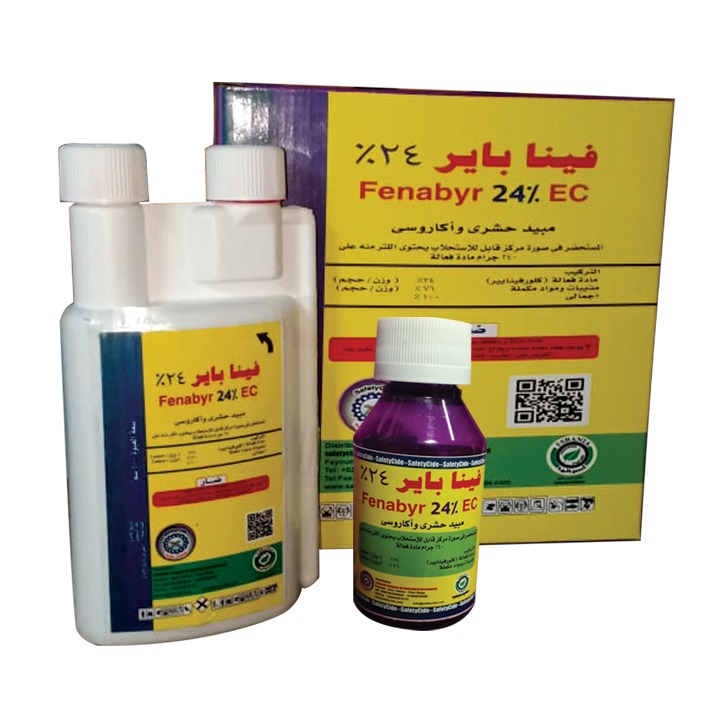
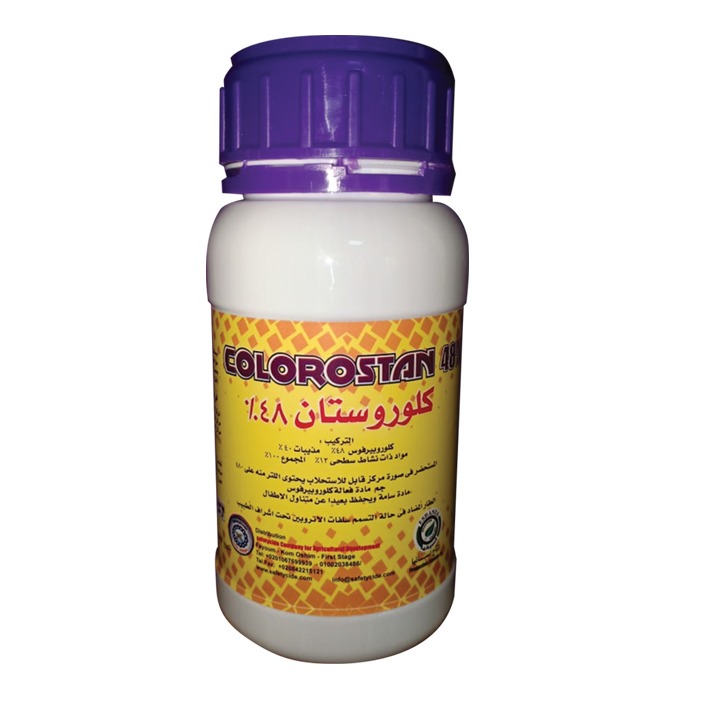
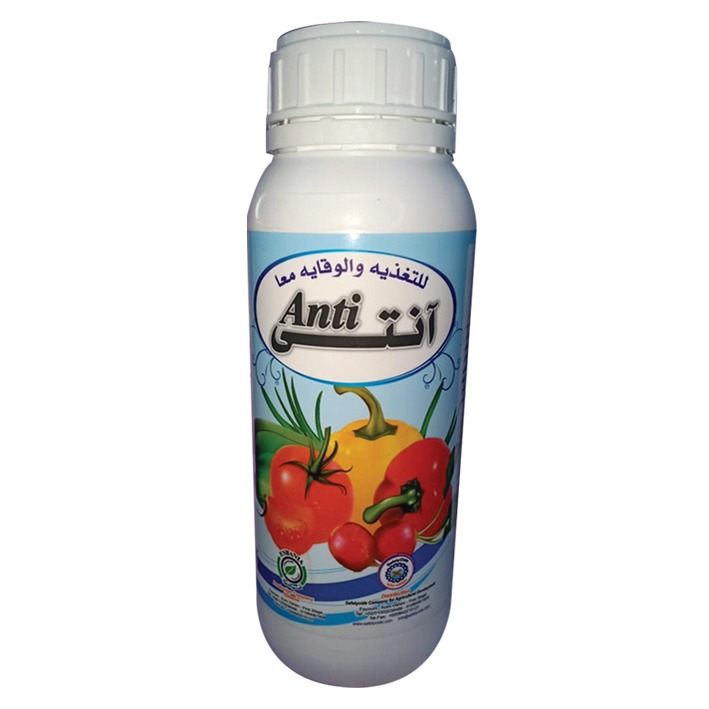


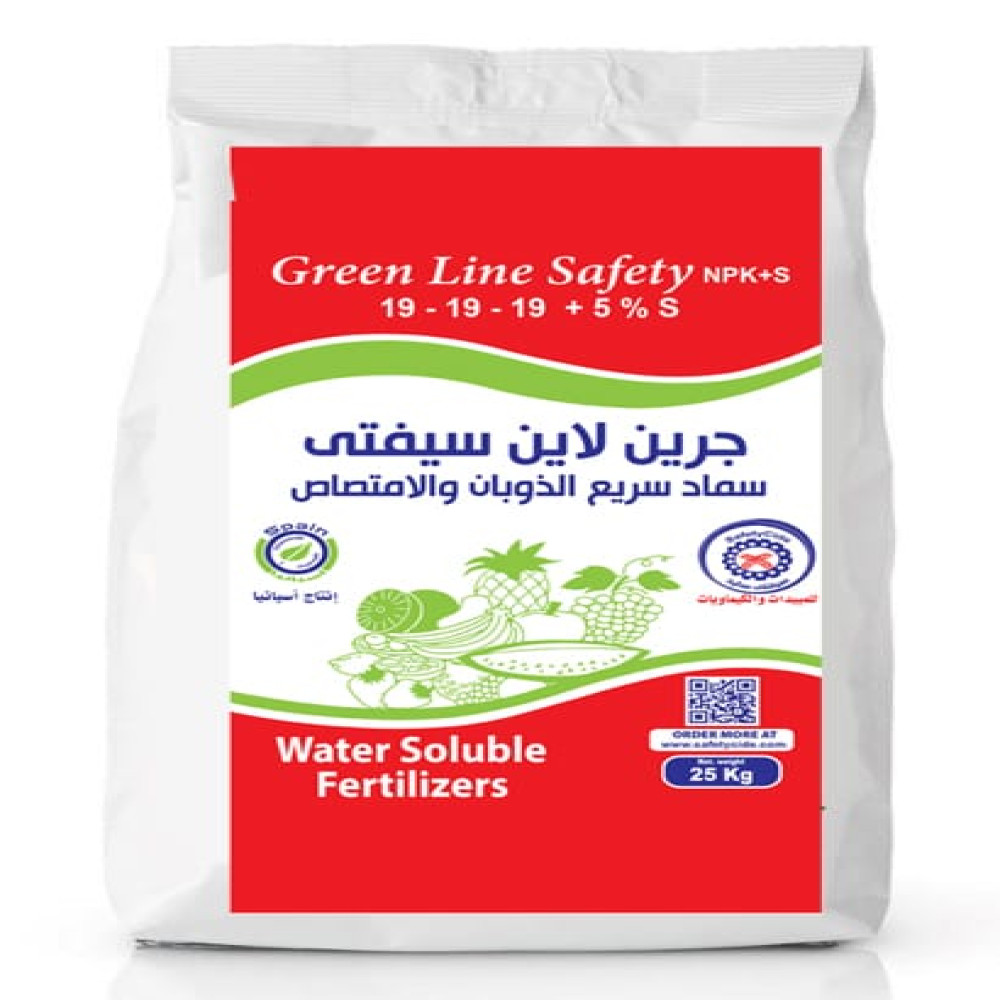
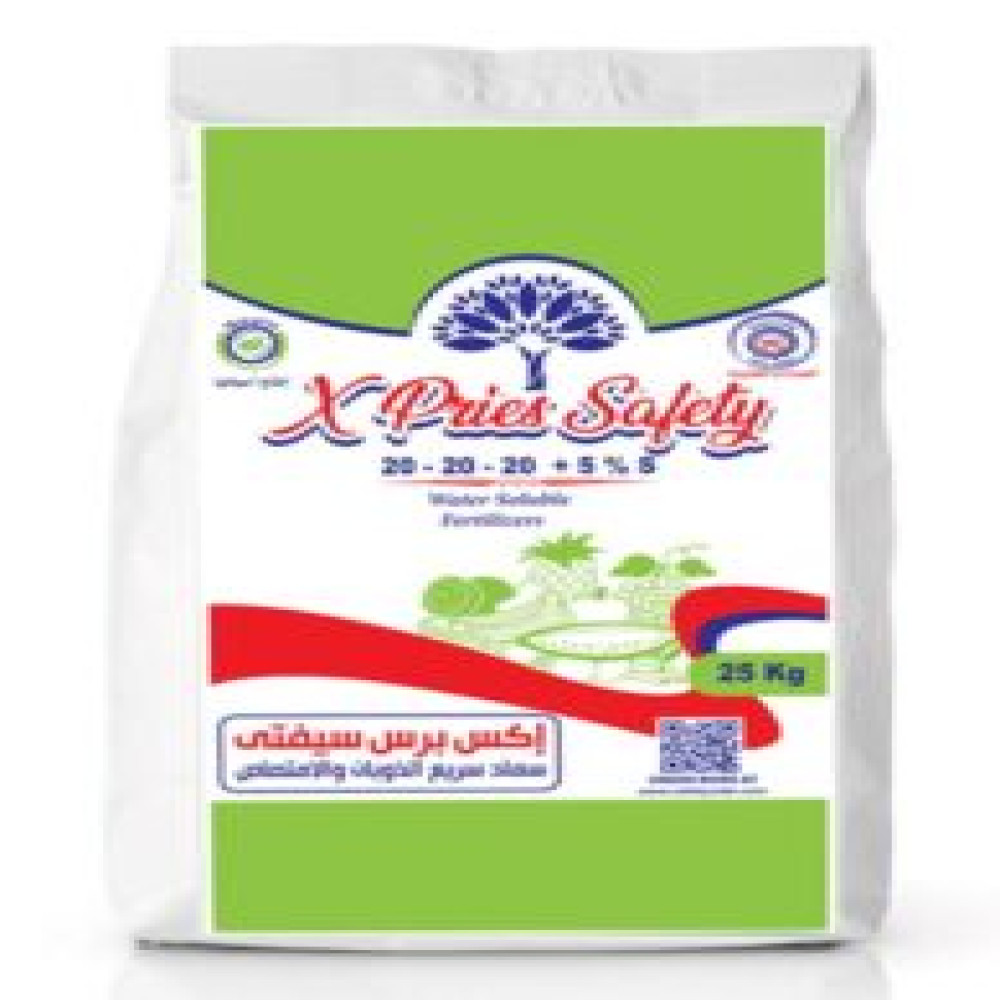


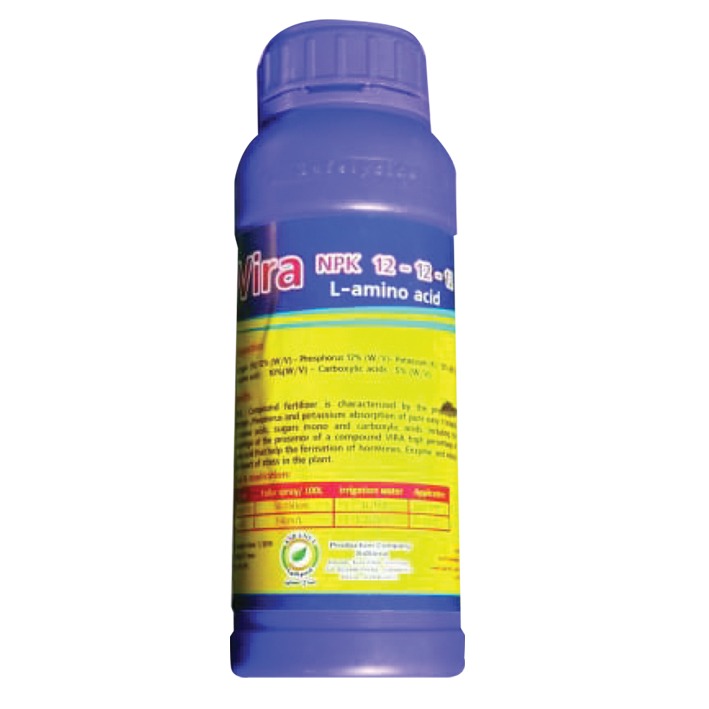
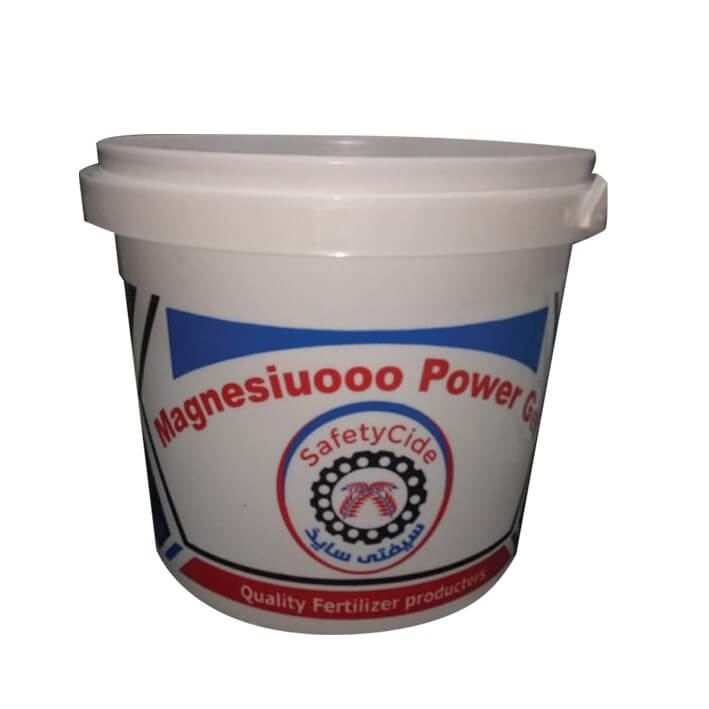
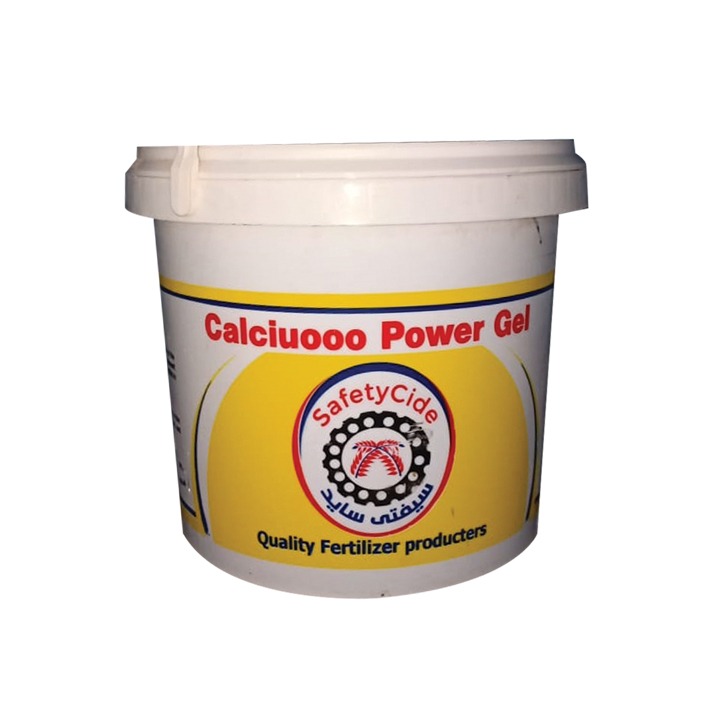


Reviews
There are no reviews yet.